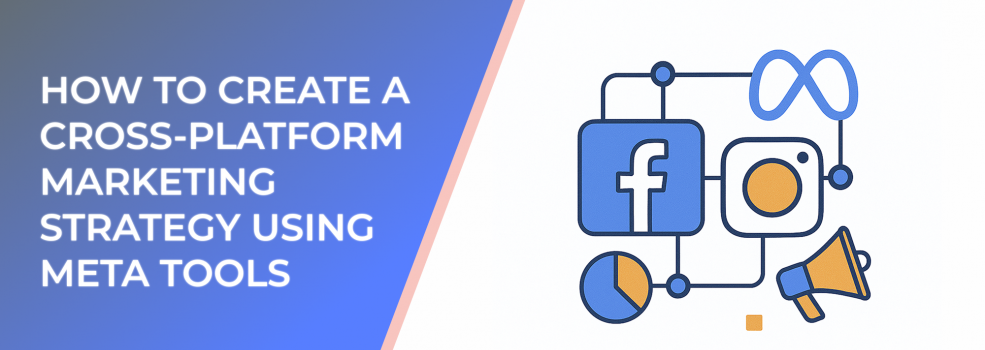Modern consumers rarely stay in one place. They switch between Facebook, Instagram, Messenger, and other digital platforms multiple times a day. To maximize impact, marketers must design strategies that move fluidly across platforms. Meta offers a range of tools that make cross-platform campaigns not only possible but highly effective. By using them strategically, brands can increase engagement, improve targeting, and boost conversions.
Step 1: Align Objectives Across Platforms
Consistency is key. Before launching campaigns, clarify objectives that apply across all Meta platforms. Whether the goal is awareness, lead generation, or sales, aligning objectives ensures a seamless customer journey.
Step 2: Leverage Meta Business Suite for Centralized Management
Meta Business Suite allows marketers to manage content, messages, and analytics in one place. Businesses using centralized tools like this report saving up to 30% of their time compared to managing each platform separately.
Step 3: Use Audience Targeting Effectively
Meta’s Audience Network and Ads Manager provide robust targeting capabilities. Even with Special Ad Category restrictions, marketers can build audiences using engagement and retargeting strategies. According to Meta, advertisers who use advanced audience targeting achieve up to 25% higher conversion rates.
Step 4: Combine Creative Formats
Each platform has strengths — Stories on Instagram, Groups on Facebook, Messenger for personalized communication. Combining these formats creates a narrative that follows users across platforms, building familiarity and trust.
Step 5: Track Multi-Channel Performance
Measuring success across platforms is critical. Meta’s analytics tools provide unified performance data, making it easier to understand how different platforms contribute to conversions. Businesses that track multi-channel campaigns report 24% higher ROI, according to Statista.
Step 6: Optimize with A/B Testing
Cross-platform campaigns should not rely on guesswork. Testing different creatives, formats, and calls-to-action across Meta platforms helps identify what resonates best. Data-driven adjustments can improve campaign efficiency by 20% or more.
Conclusion
A cross-platform marketing strategy powered by Meta tools ensures consistency, efficiency, and higher conversion potential. By aligning goals, leveraging Meta’s management tools, and optimizing with data, businesses can create campaigns that engage audiences across multiple touchpoints while maximizing ROI.

